Introduction
White-cut chicken, a staple of Cantonese cuisine, is revered for its simplicity and ability to highlight the natural flavors of the poultry. At its core, the dish relies on precise cooking techniques to achieve tender, moist meat with a velvety skin. One of the most frequent questions home cooks and aspiring chefs ask is: How many minutes does it take to cook white-cut chicken to perfection? This article delves into the science, cultural traditions, and practical steps to answer this question while exploring the nuances of achieving culinary excellence.
The Essence of White-Cut Chicken
White-cut chicken, or bái zhǔ jī in Mandarin, is a dish that embodies the philosophy of Cantonese cooking—respect for ingredients and minimal intervention. Unlike fried or heavily seasoned preparations, this method involves poaching the chicken in a flavorful broth until it reaches the ideal level of doneness. The result is a dish where the meat is succulent, the skin is glossy, and the flavors are subtle yet profound.
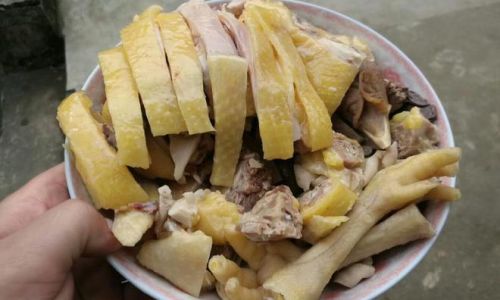
Understanding the Cooking Process
The key to perfect white-cut chicken lies in balancing heat and time. Overcooking leads to dry, rubbery meat, while undercooking risks food safety issues. The goal is to cook the chicken until the internal temperature reaches 165°F (74°C), the safe threshold for poultry, while preserving its juiciness.
Factors Influencing Cooking Time
- Size of the Chicken: A smaller bird (2–3 pounds) cooks faster than a larger one (4–5 pounds).
- Bone-In vs. Boneless: Bone-in chicken retains heat longer, requiring slightly less cooking time.
- Fresh vs. Frozen: Frozen chicken may need a few extra minutes to thaw and cook evenly.
- Altitude: At high elevations, water boils at lower temperatures, extending cooking time.
- Stove Efficiency: Gas vs. electric stoves may affect heat distribution.
Step-by-Step Cooking Guide
Preparing the Chicken
- Select a high-quality whole chicken, preferably free-range for superior flavor.
- Remove giblets and excess fat. Rinse the chicken thoroughly under cold water.
- Pat dry with paper towels to ensure even cooking.
Creating the Poaching Liquid
- Fill a large pot with water (enough to submerge the chicken).
- Add aromatics: sliced ginger, scallions, garlic cloves, and a splash of rice wine or Shaoxing wine.
- Optional additions: star anise, Sichuan peppercorns, or cilantro for depth.
Bringing the Liquid to a Simmer
- Place the pot over high heat and bring the water to a rolling boil.
- Reduce the heat to maintain a gentle simmer (not a full boil) to prevent the chicken from becoming tough.
Cooking Time Breakdown
- Small Chicken (2–3 lbs): 20–25 minutes
- Medium Chicken (3–4 lbs): 25–30 minutes
- Large Chicken (4–5 lbs): 30–35 minutes
The “Three Submerges” Technique
A traditional Cantonese method involves dipping the chicken into the simmering broth three times before fully submerging it. This step seals the pores of the skin, locking in juices and ensuring even cooking.
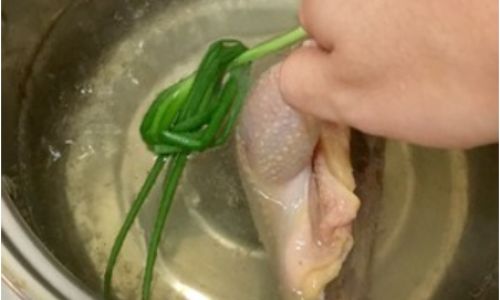
Testing for Doneness
- Thermometer Check: Insert an instant-read thermometer into the thickest part of the thigh (avoiding the bone). It should read 165°F (74°C).
- Visual Cues: The legs should wiggle freely, and the juices should run clear when pierced.
- Touch Test: Press the meat gently; it should feel firm yet springy.
The Ice Bath Shock
Immediately transfer the cooked chicken to an ice water bath for 10–15 minutes. This step halts the cooking process, firms up the skin, and enhances the meat’s texture.
Common Mistakes to Avoid
- Overcrowding the Pot: Cook one chicken at a time to ensure even heating.
- Skipping the Ice Bath: This step is non-negotiable for achieving crisp skin.
- Using Too Much Salt: The poaching liquid should be lightly seasoned to avoid oversalting the meat.
- Rushing the Process: Patience is key—low and slow cooking yields better results.
Serving Suggestions
White-cut chicken is traditionally served with a trio of dipping sauces:
- Ginger-Scallion Oil: Finely minced ginger and scallions mixed with hot oil and soy sauce.
- Chili Oil: For those who enjoy a spicy kick.
- Oyster Sauce: A rich, umami-packed alternative.
Pair the dish with steamed rice, bok choy, or a simple cucumber salad for a balanced meal.
Regional Variations
While the Cantonese version is the most famous, white-cut chicken has adaptations across China:
- Hainan Chicken Rice: Served with fragrant rice cooked in chicken broth.
- Sichuan-Style: Infused with chili oil and Sichuan peppercorns.
- Shanghainese Version: Lightly sweetened with a touch of sugar.
Health Benefits
White-cut chicken is a lean protein source, low in fat and calories. The poaching method retains more nutrients compared to frying or roasting. Additionally, the ginger and scallions in the broth offer anti-inflammatory and digestive benefits.
Advanced Tips for Perfect Texture
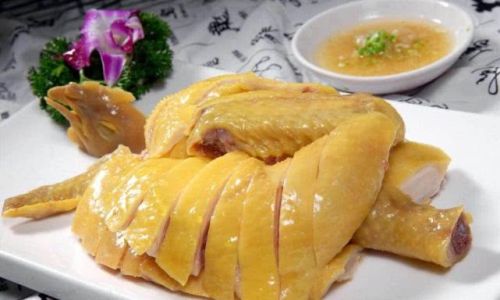
- Age of the Chicken: Younger birds (spring chickens) cook faster and have tender meat.
- Brine Before Cooking: Soak the chicken in a saltwater brine for 2–3 hours to enhance juiciness.
- Resting Period: Let the chicken rest for 15 minutes after the ice bath to redistribute juices.
Storage and Reheating
- Store leftover chicken in an airtight container for up to 3 days.
- Reheat gently in a steamer or microwaved with a damp paper towel to prevent dryness.
Troubleshooting Guide
- Dry Meat: Overcooked or not rested properly.
- Tough Skin: Skipped the ice bath or cooked at too high a temperature.
- Bland Flavor: Under-seasoned poaching liquid or insufficient aromatics.
The Cultural Significance
White-cut chicken is more than a dish—it’s a symbol of prosperity and tradition. Served during festivals, weddings, and family gatherings, it represents purity and simplicity. In Cantonese culture, the dish is often the centerpiece of a banquet, embodying the adage “the best flavor comes from the least interference.”
Conclusion
Mastering white-cut chicken is a journey of precision and patience. While the cooking time ranges from 20 to 35 minutes depending on the chicken’s size, the true art lies in understanding the interplay of heat, timing, and technique. By adhering to traditional methods and adapting to modern tools like thermometers, home cooks can recreate this culinary masterpiece with confidence. Whether you’re a novice or a seasoned chef, the pursuit of perfect white-cut chicken is a testament to the beauty of simplicity in cooking.
Final Thoughts
Next time you stand in your kitchen, pot of simmering broth at the ready, remember that the clock is not your only guide. Trust your senses, embrace the process, and savor the rewards of a dish that has delighted generations. After all, the best meals are those made with care, attention, and a little bit of culinary wisdom passed down through time.
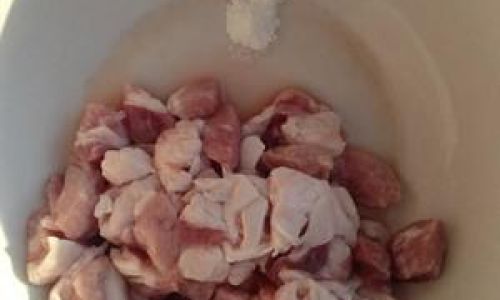
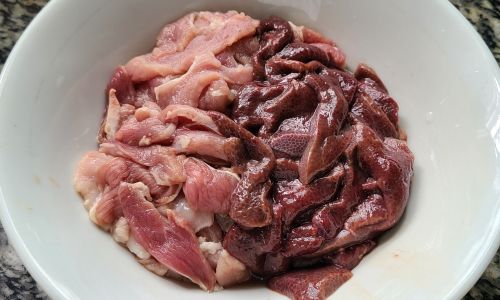
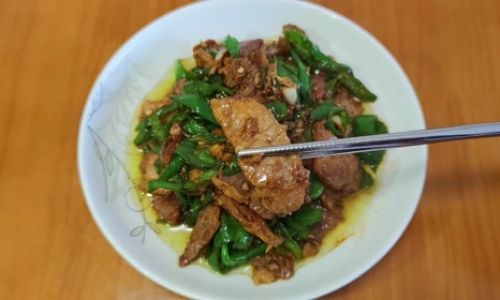
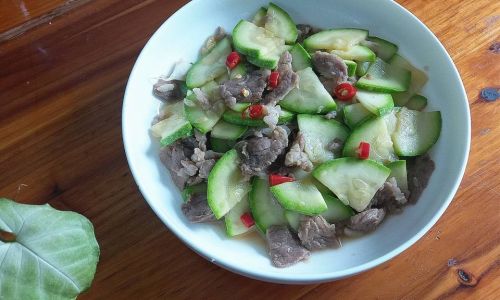
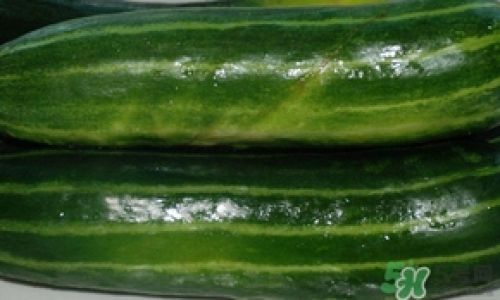
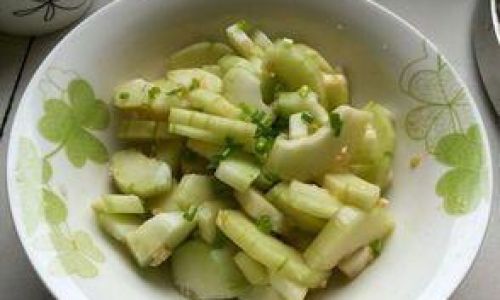
0 comments